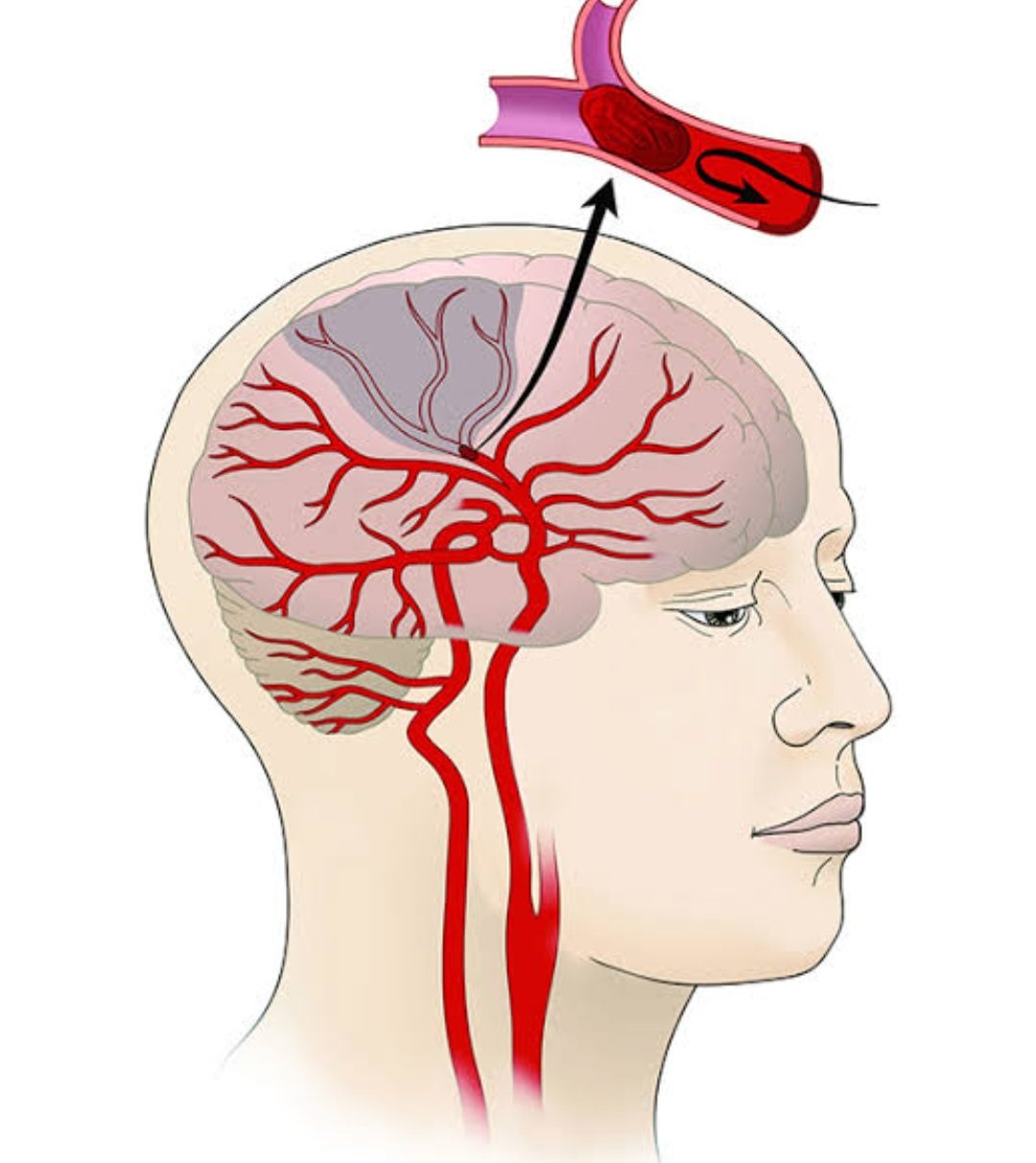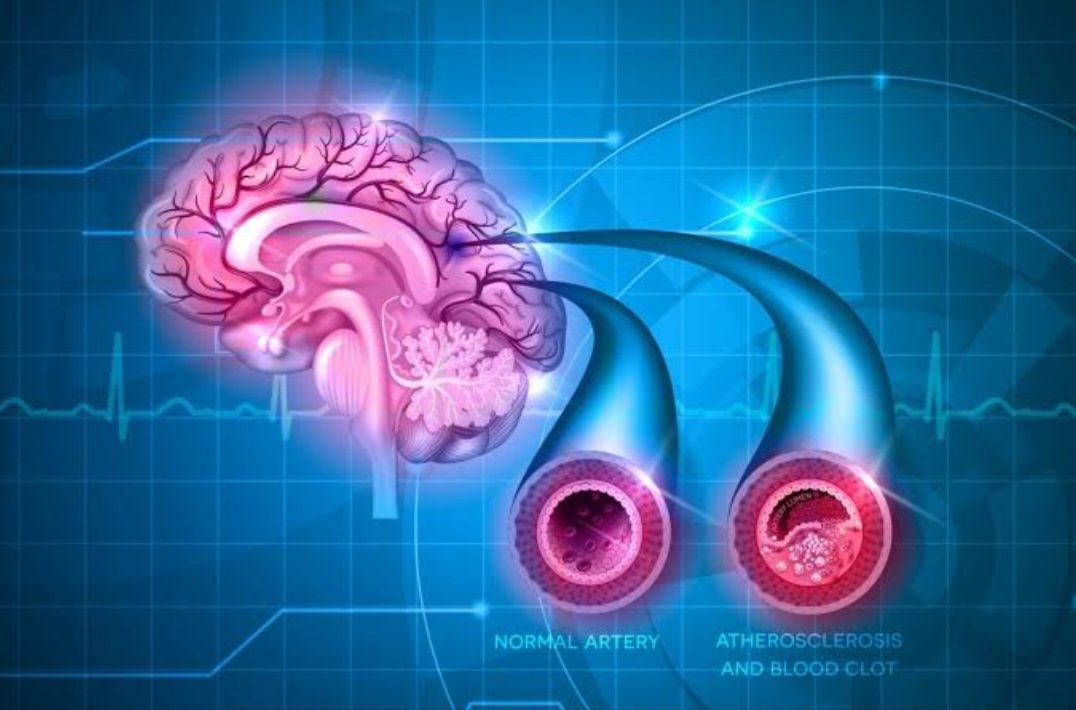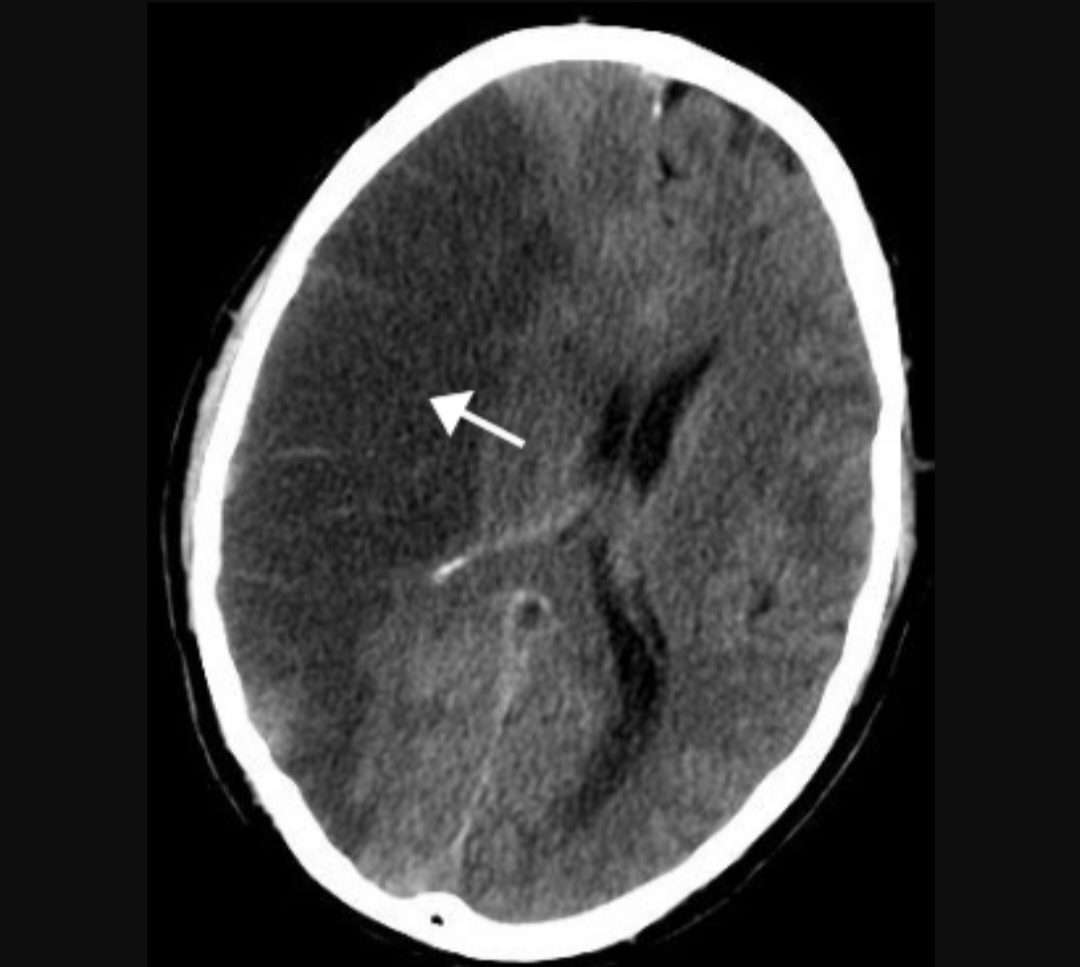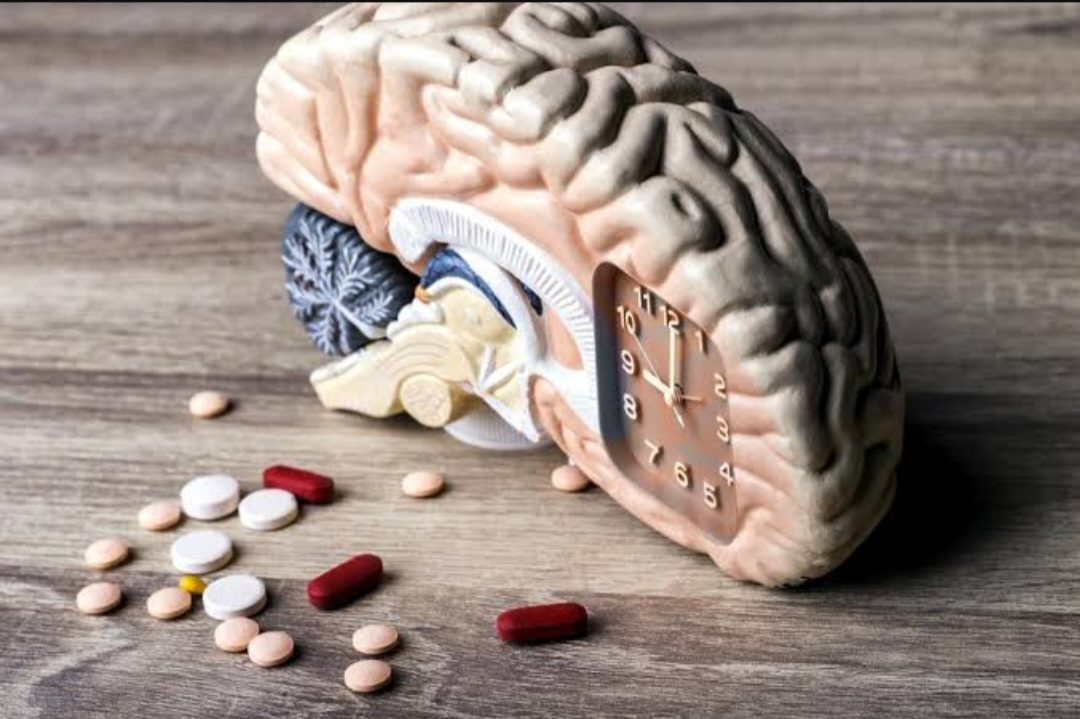Everything you need to know about Brain stroke, it’s Effect and causes.
Hello dear all,
Today we are going to discuss Brain stroke and its causes and diagnosis.
》Statistics:-
According to the ‘Centers for disease prevention and control‘In 2020 1 in 6 deaths from cardiovascular disease was due to Brain Stroke.
Every 40 seconds in the United States stroke and every 3.5 minutes someone dies due to a Brain stroke.
Every year nearly 7,95000 people are suffering from stroke and about 6,10000 of them have a first-time stroke or a new Brain stroke.
About 1 in 4 nearly 185000 people had a previous stroke.
Near 87% of strokes are ischemic strokes, in which blood vessels are blocked due to some reason.
》Interesting Introduction:-
Our brain is One of the complex organs that control emotion, Thoughts, memory, feelings, touch, mood, vision, hearing, temperature, hunger, digestion, learning, growth and every process of the body that regulates our body.
So, Now you can understand how the brain is busy maintaining all the processes of the body and to do this all thing, the brain and brain cells continuously need oxygen.
If there are any changes occur in the flow of oxygen to the brain then the brain is not able to maintain our body processes.

If due for some reason blood flow that contains oxygen become poor then there may chance of getting a brain stroke.
Even if this flow is stopped or becomes less for short time this can cause problems.
Brain cells begin to die due to poor oxygen flow and brain cells die, the function of the brain is lost and you may not able to do all the above-mentioned processes.
Everything you need to know about Brain stroke, it’s Effect and causes.
》What are brain strokes:-
Definition:- “A stroke or brain stroke is the poor blood flow to the brain cause cell death”.
A stroke or brain attack happens in one of two ways one is a ruptured artery and the second is poor blood flow or a blocked artery.
》What happens during Brain stroke:-
The masterpiece means the brain stores data, and memories, regulates the body’s many different processes, controls emotion, promotes emotion, controls thoughts, regulates digestion, breathing etc.
To work properly brain cells continuously need oxygen to stay alive and work properly.
Due to some reason if blood flow containing oxygen reduces then brain cells immediately within minutes start to die.
Due to this brain can’t get proper information and can’t manage the continuous processes of the body.
The brain is the organ that needs to work continuously, transfer and gather information, but due to brain cell death, the brain does not get information and this is called brain stroke.
》Types of Brain stroke:-
There are mainly two types of Brain stroke namely:
- 1. Ischemic stroke.
- 2. Hemorrhagic stroke.
- 3. Transient ischemic stroke.
1 ▪︎ Transient Ischemic stroke:- Transient ischemic stroke, is sometimes called mini-stroke because it does not exist for more than five minutes.
This stroke is because of blood clotting in a blood vessel or a blood vessel that is blocked due to some other particles.
This stroke is a warning stroke.
As this may warning sign of a future stroke.
Fatty deposits called ‘plaque’ also cause blockage to the blood vessel.

2 ▪︎ Hemorrhagic stroke:- Hemorrhagic stroke is a serious medical condition in which the blood artery leaks or ruptures due to some reason.
This generally happens when patients have high blood pressure, high salt and cholesterol.
Due to Ruptured artery blood make high pressure on brain cells which make them dies.
3 ▪︎ Ischemic stroke:- This is the most common type of stroke.
This stroke happens when your brain’s blood vessel becomes narrow or blocked causing severely reduced blood flow.
Some initial research shows that COVID-19 infections may increase the chances of getting an ischemic stroke but in this topic, more research is needed to explore COVID-19 infections and their effect.
》Symptoms:-
Reduced blood flow to the brain will damage a particular part of the brain and its cells.
Symptoms of a stroke may be seen in the particular part of the body controlled by a damaged part of the brain.
A person having immediate action towards stroke there may increase their chances of getting recovered from the stroke, for this, they may have to know its symptoms.
Stroke symptoms may include the below-listed symptoms.
– Loss of balance.
– Trouble sleeping.
– Trouble walking.
– Trouble in getting information.
– Trouble hearing.
– Trouble in speaking.
– Disorientation or lack of response.
– Sudden increasing behavioural changes.
– Vision blackened.
– Double vision.
– Vision problems.
– Dizziness.
– Paralysis.
– Loss of control over arms, legs and other parts of the body especially one side of the body.
– Severe Headache due to no reason.
》Causes:-
Well, Understanding of causes of stroke and recognizing symptoms may help in preventing stroke.
Early diagnosis may help sooner to get complete recovery.
Let’s Understand the General causes of stroke.
– Family history of stroke.
– Age of 55 and above.
– A person having Obesity.
– A person having higher cholesterol.
– Higher Salt.
– If a person has alcoholism.
– Smoking.
– Drugs.
– Having heart disease.
– Physically inactive.
– Diabetes.
– Cardiac disease.
– Gender (Some studies have found that males have higher chances of getting a stroke, However, Some studies have shown that this difference is not taken into account.)
According to 2016 studies, African American People have a higher chance of getting a first-time stroke.
Of the 60% are more likely to get a second stroke within two years.
Each type of stroke has different types of potential causes that we discussed below.
▪︎ Stroke types and their particular causes.
1. Ischemic stroke causes:-
This type of stroke happens when your arteries are blocked or become narrow which prevents blood to the brain.
The main causes of ischemic stroke are fatty deposits that clog the vessel and other debris that causes to clog the blood vessel.
Two types of blockage cause an ischemic stroke.
1. Cerebral embolism
2. Cerebral thrombosis.
1. Cerebral embolism:- it occurs when blood clot forms in the other part of the body until it hits the arteries too narrow to let it pass the blood.
2. Cerebral Thrombosis:- it occurs when blood clot forms within the blood due to fatty plaque.
2. Hemorrhagic stroke:-
A hemorrhagic stroke happens when blood vessels or arteries are damaged or ruptured due to which blood leaks and may put excessive pressure on the skull and brain tissue.
3. Transient ischemic stroke:-
This type of stroke occurs when the blood clots or blood vessel becomes narrow for a short period.
Symptoms are more likely or the same as a full stroke and it disappeared after a few minutes.
As we discussed above it is a warning sign of a full stroke.
Future predictions of full stroke can be made by Analyzing Transient ischemic stroke.
According to ‘The Center For Disease Control And Prevention‘ More than one-third who have TIA and don’t get treatment to have a higher chance of getting a stroke within one year.
Up to 10 to 15 percent are more likely to get a stroke within 3 months.
》Risk factors of Brain Stroke:-
According to ‘National Heart, Lung and Blood Institute’ Major Risk factor for stroke includes:
1. Diet:-
An unbalanced diet increases the risk factor for stroke.
If you eat types of diet that may high in
– Salt.
– Transfat.
– Cholesterol.
– Saturated fat.
2. Inactivity:-
Being physically inactive or lack of exercise can raise the risk of stroke.
According to ‘The Centers for Disease Control and Prevention adults need 2.5 hours of exercise in one week to stay healthy.
3. Heavy alcohol:-
The risk of stroke increases as the consumption of alcohol increases.
Alcoholism increases blood pressure and it also increases the triglycerides level which can cause ‘atherosclerosis’ that builds up the fatty plaque in the blood.
4. Tobacco use:-
Tobacco use may increase the chances of getting a stroke.
Nicotine increases blood pressure levels.
5. Personal background:-
– Personal history.
The genetic condition of the person is a major cause of stroke. Like Family has higher blood pressure.
– Sex.
Compared to women, men have a higher chance of getting g stroke. While this needs more study.
– Age.
Age is also a major cause of a stroke as you become older your chances of getting a stroke increase.
– Race and ethnicity.
African American, Alaska natives and American Indians have a higher chance of getting a stroke.
6. Medical condition:-
Certain medical conditions are linked to stroke risk. These include.
– Previous stroke (TIA).
– Heart valve failure.
– Patent foramen oval(PFO)
– Sickle cell disease.
– Carrying too much weight.
– High blood pressure.
– Higher cholesterol.
– Heart disorder.
》Diagnosis of Brain stroke:-
Diagnosis of stroke needs certain types of exams of patients, Different tests, and the help of family members.
Firstly doctors will ask your family about your stroke symptoms like what you are doing when they arose.
The doctor takes your medical history and finds suspicious information that may lead to a stroke.
They’ll also ask about it.
– Which medication do you take.
– Check your blood pressure.
– Listen to your heart.
The doctor will take some physical examination of the patient that may include.
– Walking.
– Balance.
– Numbness in your face, arms and legs.
– Weakness.
– Coordination.
– Vision problems.
The doctor will analyze your stroke types and decide to do particular tests that give more information related to your stroke.
The test may give the below information.
– Whether you have bleeding in your brain.
– Which part of the brain is affected.
– Cause of stroke.
》Different Tests of Brain stroke:-
ECG:-
Electrocardiogram is a test that can help to measure heart health by the electrical activities of the heart.
It can measure how the heart beats too slowly, faster or normally.
Ecg can determine whether you have a heart condition that may lead to stroke.
MRI and CT scan:-
Magnetic resonance imaging is a type of scan that uses a strong magnetic field and radio waves to produce detailed images of the brain and body parts.
This is very effective and it is a painless test that doesn’t need anaesthesia.
MRI scanner has a large tube containing a powerful magnet and you have to lie inside the tube.
An MRI can scan whether any brain tissue or brain cells are damaged or not.
A CT scan can also provide a very clear & neat picture of the brain whether your brain blood vessel leaks or not.

Echocardiogram:-
Echocardiogram can help to find out the source of a blood clot that may travel to the brain and cause to stroke.
It is used to measure heart health and nearby blood vessel.
Cerebral angiogram:-
This test is used to measure several arteries of the neck and brain.
This test may also show the blockage and clots that may cause to stroke.
This may use special dyes and x-rays to measure the blood flow in the vessel and clots if any.
Note:- Well, more uses of the different tests may lead to cancer and other Severe types of disease that cause damage to the brain cells and tissue.
》Treatment Of Brain stroke:-
Different strokes have different causes same and they also require different treatments.
Early treatment is more important in stroke as it reduces brain damage and enables the doctor to do special tests and diagnoses.

1. Ischemic stroke:-
Treatment of this stroke includes the proper techniques and methods to treat it well.
The root cause of this stroke is blood clots and they are treated with the below techniques.
Clot-breaking drugs:-
Thrombolytic drugs can break up blood clots in your brain’s blood vessels which will help to reduce the damage to the brain and stop the stroke.
One such drug, Tissue plasminogen activator(TPA) and alteplase IV r-TPA are considered are important drugs in ischemic stroke.
These drugs work as blood clots dissolve and enable them to flow smoothly.
Stents:-
After the doctor finds a narrow blood vessel or weakens the blblood vessel when there may be used Stents to support the wall of the blood vessel
Surgery:-
In rare cases, if any method is not working to remove blood clots then the doctor may decide to do surgery to remove blood clots.
This surgery may be done with a catheter but if blood clots are big then the surgeon may open the blood artery.
Mechanical Thrombectomy:-
In this procedure, the doctor uses a catheter.
The doctor inserts the catheter into your blocked brain vessel.
They then use the device to pull the clot out of the blood vessel.
This is the most successful method if it takes 6 to 24 after the first symptoms of a stroke.
2. Hemorrhagic stroke:-
This stroke is caused by bleeding in the brain or blood vessel leaks or ruptures due to some reason.
This stroke includes the below treatment.
Surgery:-
If your doctor has seen that an aneurysm has burst, they may need to do surgery to clip the aneurysm and prevent bleeding.
Likewise, craniotomy(a hole in the skull) is needed to relieve the extra pressure on the brain after a stroke.
Medication:-
Just like with an ischemic stroke, if you are having a hemorrhagic stroke the treatment is to make your blood clot.
You may need to take prescribed drugs like below.
– Prevent blood vessel constriction.
– Reduce blood pressure.
– Reduce Seizures.
– Reduce pressure on the brain.
Clamping:-
After analyzing an aneurysm that hasn’t started still but is likely to start the doctor suggests placing a tiny clamp at the base of the aneurysm to prevent additional bleeding.
Coiling:-
During this process, the doctor guides to arrange a coil-like device to set up in the hemorrhagic or hemorrhage area that weakens the blood vessel.
This will block the bleeding area and stop the bleeding.
》Closure:-
Brain stroke also known as (CerebroVascular Accident – CVA) happens when the supply to the brain has stopped due for some reason.
Sometimes the reason may be a blocked vessel or ruptured blood vessel.
Symptoms of stroke are different depending upon the location of the brain that is affected.
Some general symptoms are Numbness, weakness in the face, arm and eyes, Dizziness, loss of balance etc.
Quick treatment is very necessary to minimize the damage to the brain and increase the chances of getting recovered.
Subscribe our blog post for further updates and the latest blog posts related to your Physical health, Mental health and Personal development.
We, hope that you are getting so many benefits from our blog.
Be healthy!
Be happy!
Thank you…
Visit again…
••••••••••••••》ForajCreation《••••••••••••••••